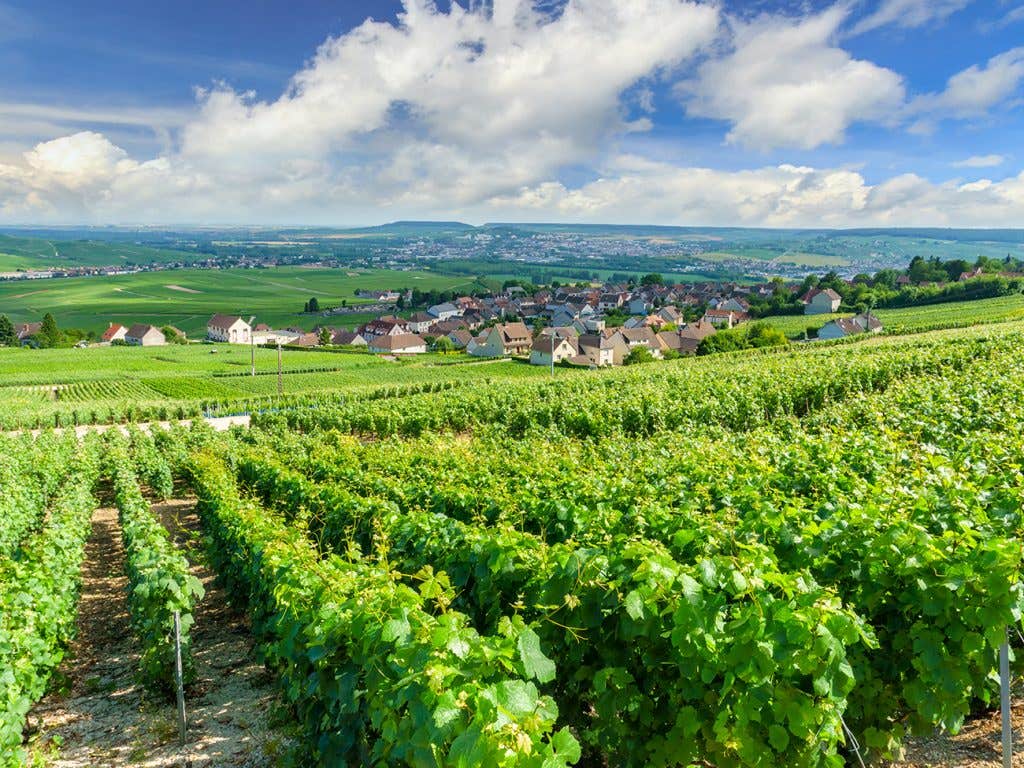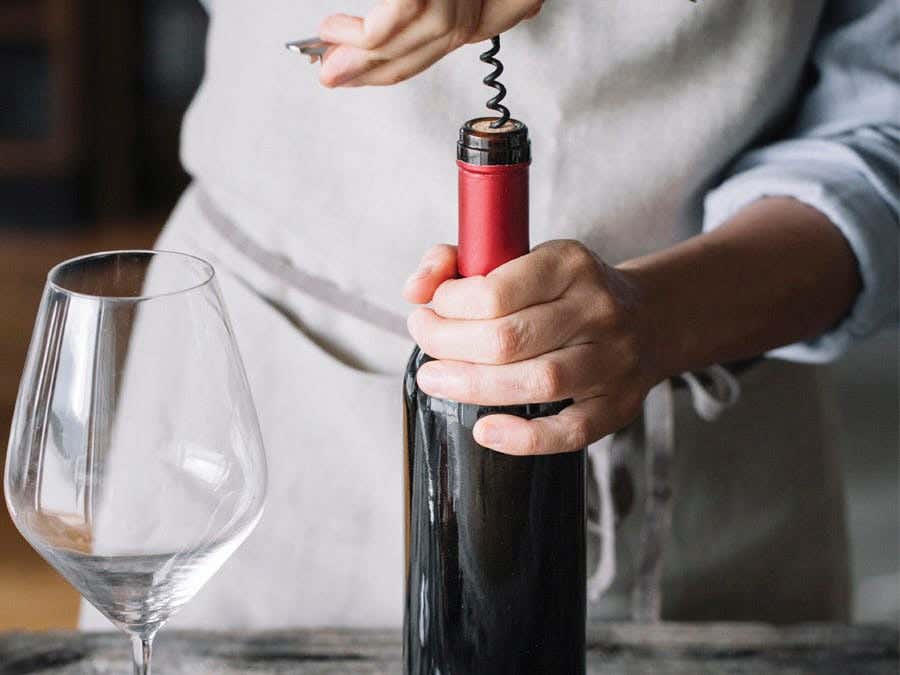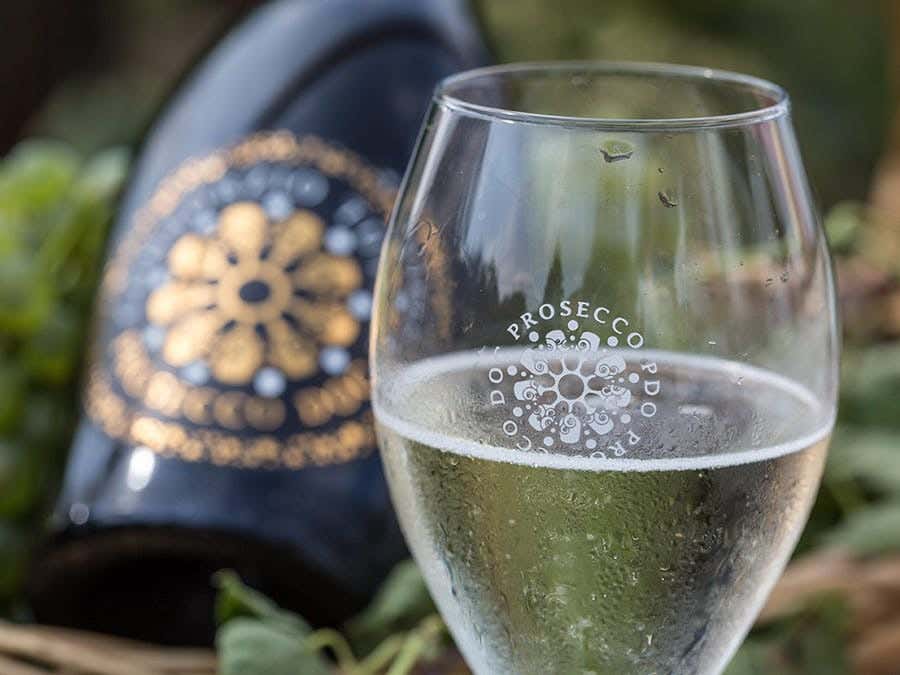Factors influencing wine quality
A number of factors come into play in forming the character of the final product, the quality of the grape foremost among them. Other factors are the terroir, or growing region, the viticulture, and the variety of grape.


Terroir
Terroir encompasses all the geographic and climatic elements influencing the cultivation of the grapes.
The soil and subsoil
Vines are not exacting plants: They are content on poor soil. Rich soils produce more grapes, but of lower quality. Vines like stony soils because the stones facilitate runoff, accumulate heat in the day that is given off at night, and, above all, reflect the glare of the sun onto the grapes.
Climate
Every drop of rain, hour of sunshine, and degree of temperature will have a decisive impact on the quality and quantity of the harvest and on the notion of vintage.
Geographic situation
Vine cultivation requires annual average temperatures above 10°C. Naturally, the Mediterranean countries are the ideal environment. Vines grow best on south-east and south-west slopes in sunny spots, and it is in these conditions that the finest products are made.
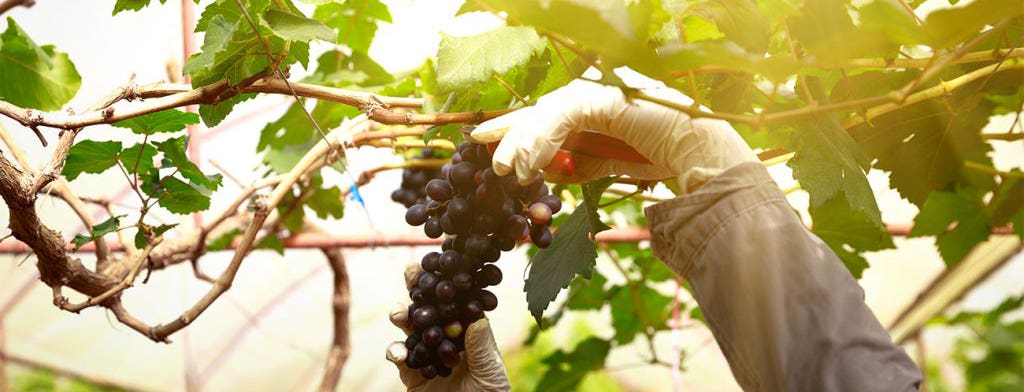

Viticulture
Viticulture in agriculture is the cultivation of grapevines.
Yield and maturity of grapes
Yield is the quantity of grapes produced per hectare. By avoiding overproduction, wine-growers add concentration and complexity to their harvests. Maturity refers to the harmony between the sugar and acidity content and the maturity of the grapes’ skin.
Human labour
Human intervention, by those who grow the vine and those who process the harvest, is essential for a wine to reach its full potential.
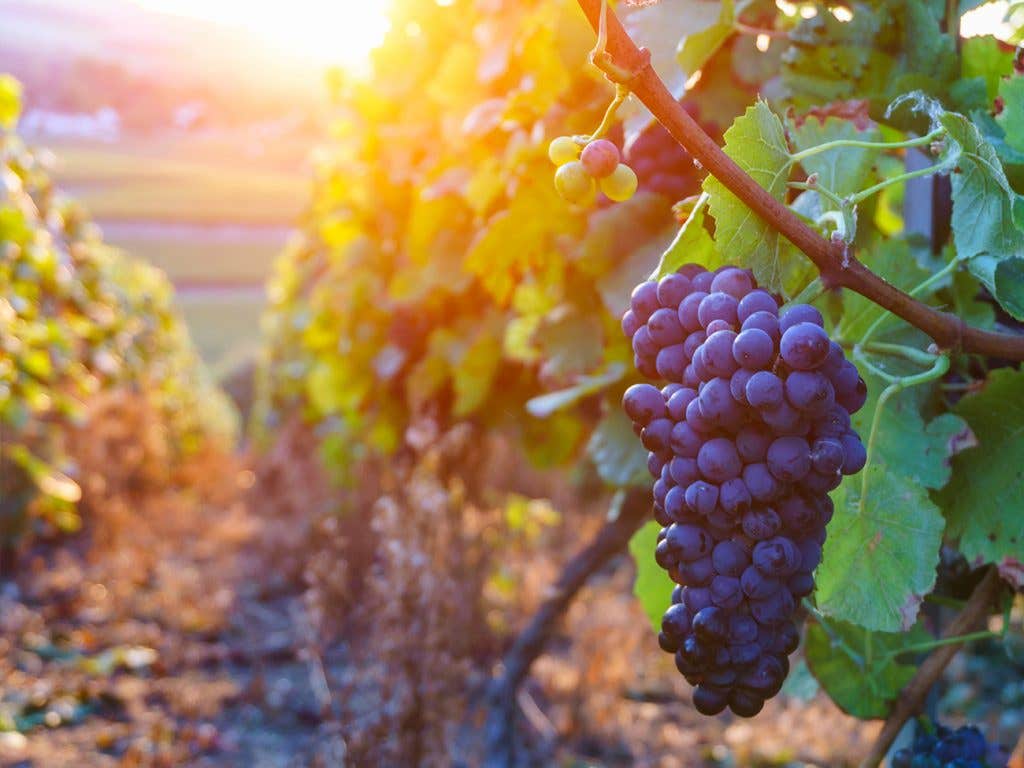

Variety
The variety of grape used in a wine is the factor with the biggest influence on its taste. A grape variety is chosen according to the region it’s grown in, its exposure to the sun, its resistance, its yield and whether it will be blended or not with other varieties.
Many elements go into making a specific wine what it is, not least of which are the ways winemakers themselves contribute to the process; it’s in these latter interventions that a wine develops a unique personality, signature, and even, soul.
Related Posts
-
Read more
SAQ shelves are lined with more than 300 wines and spirits produced abroad and bottled here, a process that has a positive impact on the environment and workforce in the province.
-
Read more
In recent years, Prosecco DOC (Denominazione Di Origine Controllata) sales have dizzying new heights. Read on to learn more about the accessible bubbles adored the world over.
-
Read more
Bubbly’s rising popularity has resulted in a wide variety of bottles to choose from. Here’s a handy guide to finding the one that’s right for you!
 Access to SAQ Inspire personalized services and store inventories are unavailable at the moment.
Access to SAQ Inspire personalized services and store inventories are unavailable at the moment. Free in-store delivery with purchases of $75+ in an estimated 3 to 5 business days.
Free in-store delivery with purchases of $75+ in an estimated 3 to 5 business days. 
